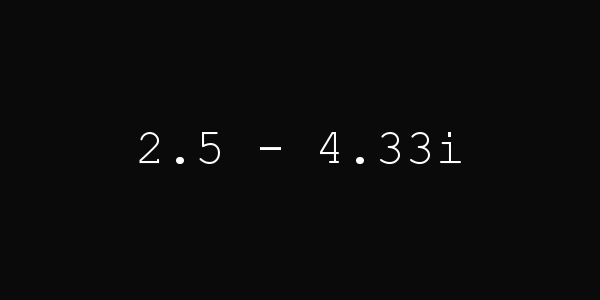JClock VIII (#135)
Interpreting the hour hand on a clock as a two-dimensional object on a plane, the hand’s tip can be seen as a complex number.
This clock converts the hour hand’s position into a complex number, sets the number’s length to the current minutes and displays it in the form .
The angle 𝜑 is determined by the hours passed () but has to be slightly modified because a complex number starts at the horizontal axis and turns anti-clockwise whilst an hour hand starts at the vertical axis and turns — as the name implies — clockwise. Thus,
.
The complex number’s length is simply determined by the minutes passed. Because the length must not be equal to 0, I simply add 1: .
Lastly, to convert a complex number of the form into the form
, I use the formula
.

Source code: jclock-viii.py